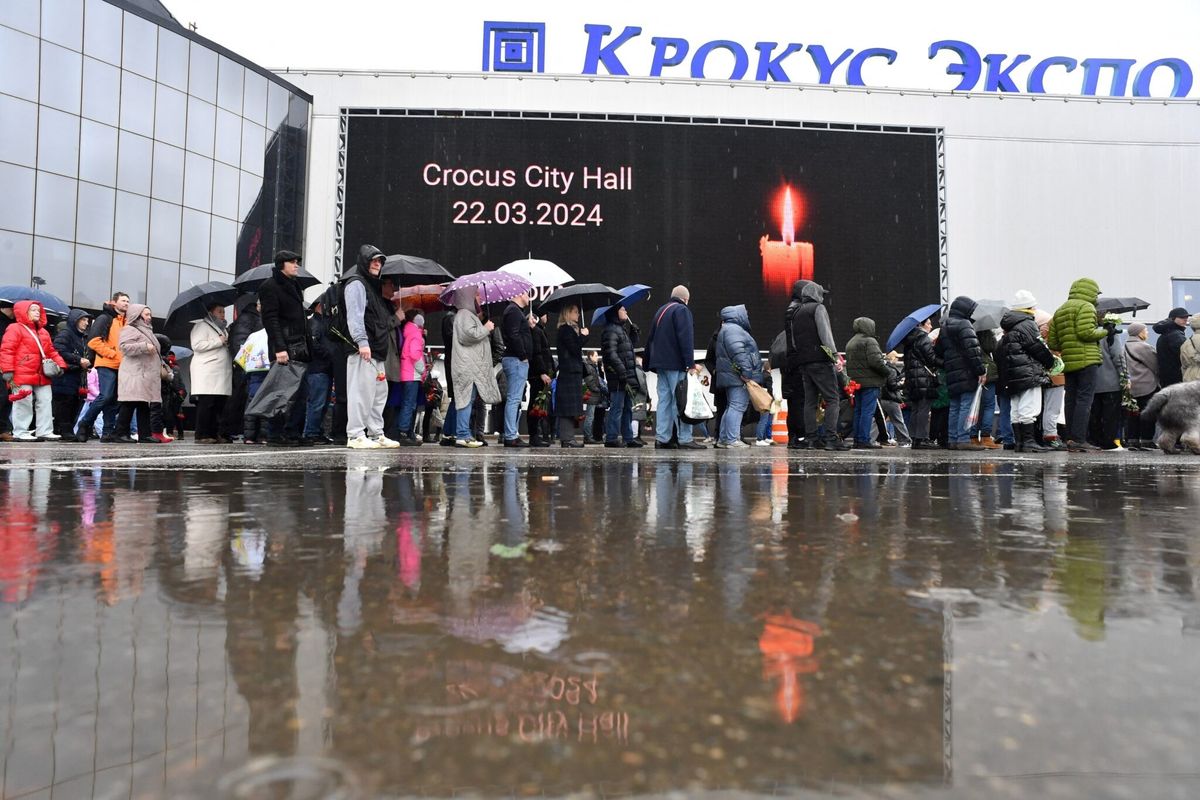The death of the leader of the Islamic State in Afghanistan last month was another damaging blow to the hardline group seeking to usurp authority from the Taliban while facing stepped-up efforts by U.S. and Afghanistan forces to eradicate them.
Hafiz Saeed Khan and other senior commanders and fighters were killed July 26 in a U.S. drone strike, U.S. military officials said.
It occurred in Nangarhar province, a restive part of eastern Afghanistan that over the last year has become a stronghold for the Islamic State.
After Khan’s death, another high-ranking member of the Islamic State, Abdul Hasib Logari, was named interim leader, according to sources close to the group.
The killing of Khan was the latest effort to target the Islamic State at its base of operations in Nangarhar, which had been a longtime stronghold of the Taliban, even before the October 2001 U.S.-led invasion of Afghanistan.
Historical perspective on the Islamic State in Nangarhar is drawn from interviews, news reports, public comments made by Afghan and U.S. military officials and sources in the country.
Challenging the Taliban
The Taliban’s longstanding control of the rural districts of Nangarhar, which border Pakistan, was first challenged by the Islamic State in 2015. Since then they have taken over several districts and even poached numerous Taliban leaders and fighters.
With the rise of the Islamic State, a new front in the ongoing war in Afghanistan was created, with the group attacking both NATO forces and the Taliban through the country.
The group – which acts in Afghanistan under the name Islamic State-Khorasan province — has also ratcheted up sectarian tensions in Afghanistan. The Islamic State last month bombed a protest in Kabul by the country’s ethnic minority Hazaras, who are predominantly Shiite.
Before the emergence of the Islamic State, fighting along sectarian lines was uncommon in Afghanistan over the last 15 years.
Rather, the Taliban and other Sunni hardline groups like the Haqqani network were on the same side against NATO and Afghan forces, with infrequent reports of inter-insurgent group violence.
That changed with the emergence of the radical Sunni Islamic State. Following in the tradition of its brethren in Iraq and Syria, it has targeted Afghanistan’s Shiite minority while also apparently showing few qualms about committing violence against its fellow Sunnis, both Taliban and civilian.
General: Strike disrupts recruitment
Last year’s emergence of the Islamic State in Nangarhar caught both U.S. and Afghan military officials off-guard. But in recent months, the group’s willingness to target both soldiers and civilians in urban and rural areas has put a large target on their backs.
In the spring of this year, Afghan forces began a ground force-led operation aimed at taking out the Islamic State in Nangarhar, a move that military officials thought would best cripple the group throughout the rest of the country.
From above, U.S. airstrikes and drones have also taken aim at the group and leaders like Khan, who have become high-valued targets in hopes of weakening the resolve of Islamic State fighters.
The strikes have killed an estimated 25 percent of Islamic State fighters in recent months, according to U.S. military leaders in Afghanistan.
Gen. John Nicholson, commander of U.S. and NATO forces in Afghanistan said “the killing of Hafiz Saeed Khan will disrupt ISIL (Islamic State) recruitment as well as operations,” Al Jazeera reported.
In addition to military efforts to defeat them, the Islamic State in Afghanistan also appears to be diminished in the eyes of those rural Afghan civilians.
That’s because the group has been known to commit extreme acts of violence beyond even the Taliban’s own accepted punishments for alleged un-Islamic behaviors.
Is a Taliban-Islamic State alliance possible?
Increased targeting of the Islamic State by NATO and Afghan forces, as well as their growing unpopularity with some civilians, appears to be forcing them to reconsider the wisdom of their fight against the Taliban.
There are reports that the group is considering putting aside its territorial beef with the traditional power brokers of hardline Islam in Nangarhar and the rest of Afghanistan so that they might join forces against a common enemy.
Such an alliance could be a challenge because of the casualties inflicted by both sides.
Were it to come to fruition, the alliance would effectively end the Islamic State-Taliban power struggle and restore the battle lines in Afghanistan to the post-Sept. 11, pre-Islamic State era.
Carmen Gentile has covered the wars in Afghanistan and Iraq, as well as other conflicts. His work has also taken him to West Africa, Latin America, Southeast Asia and elsewhere. Carmen's recent reporting has been along the Turkish/Syrian border where he covers the refugee crisis.












